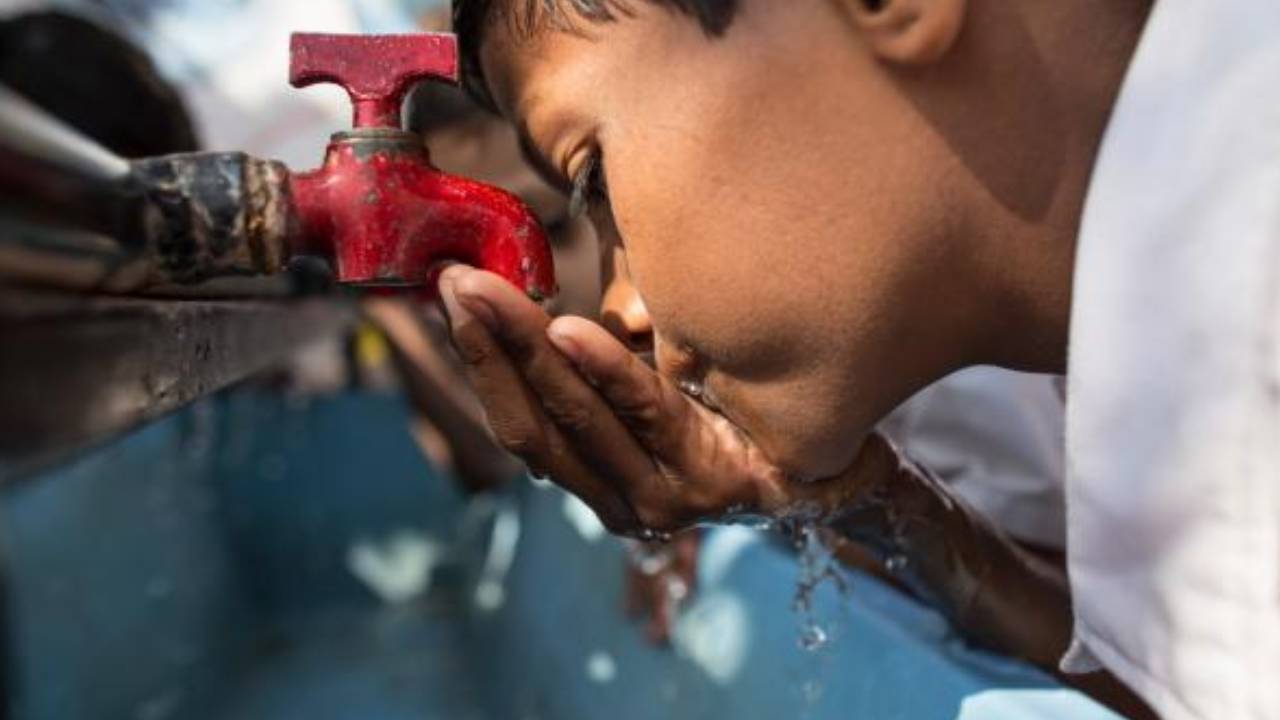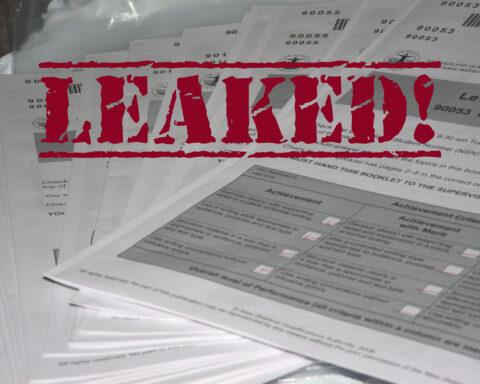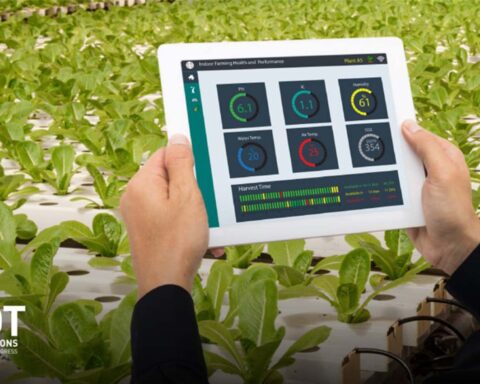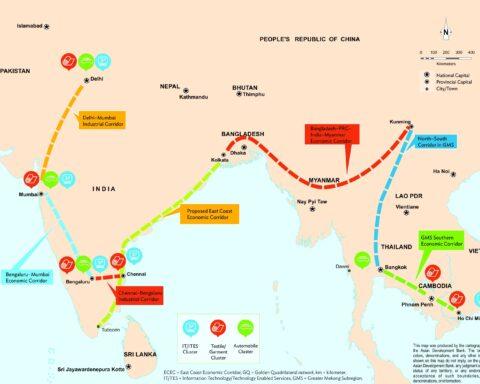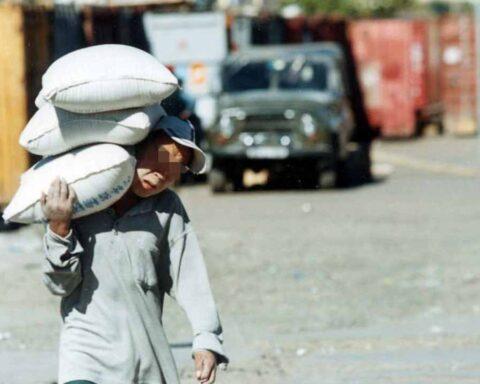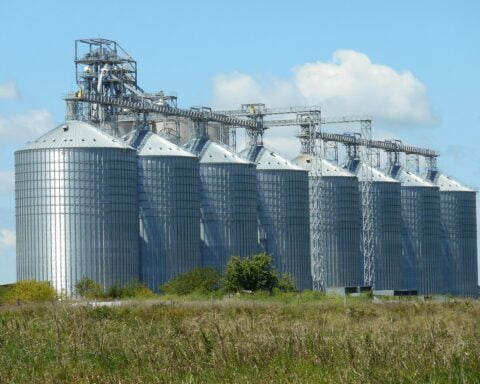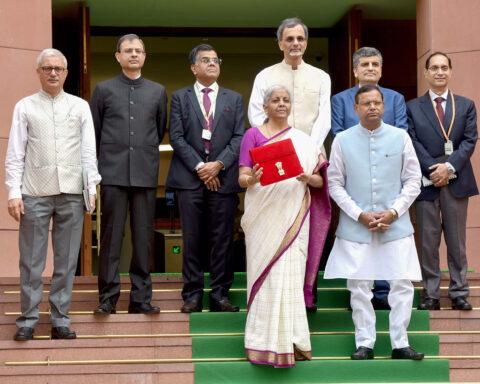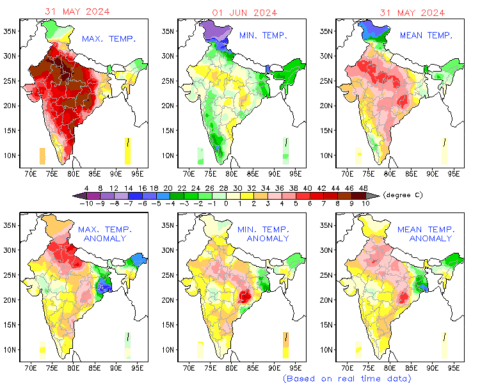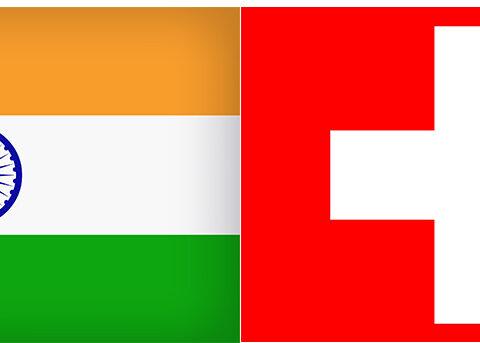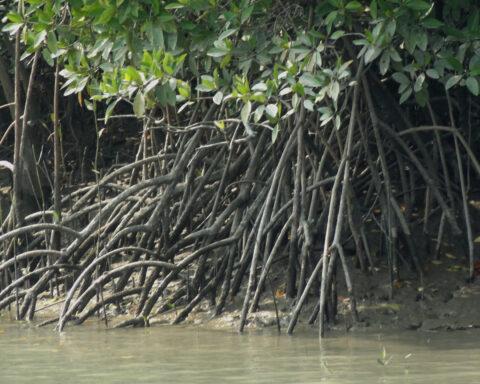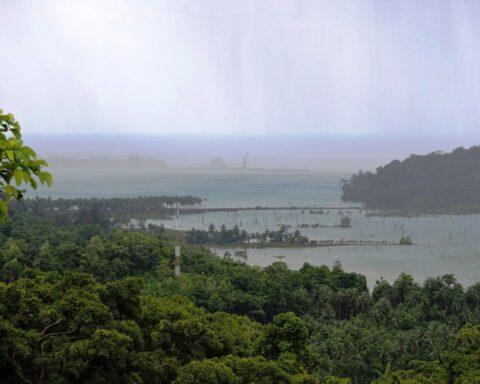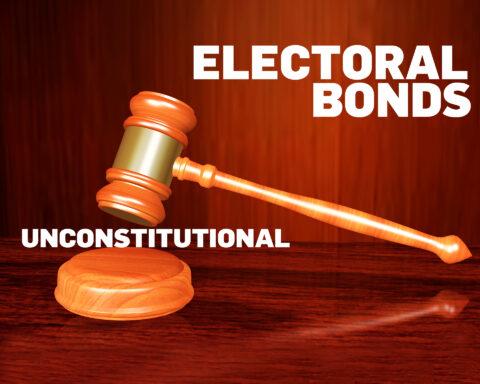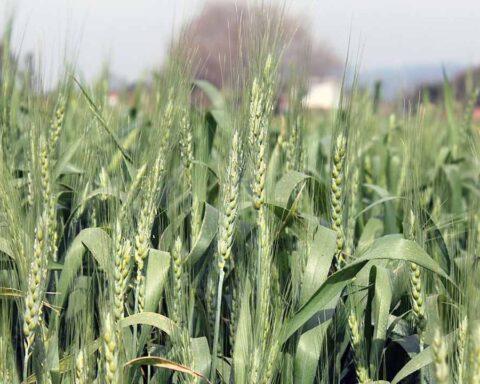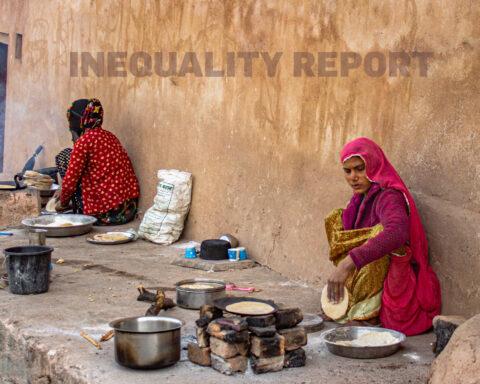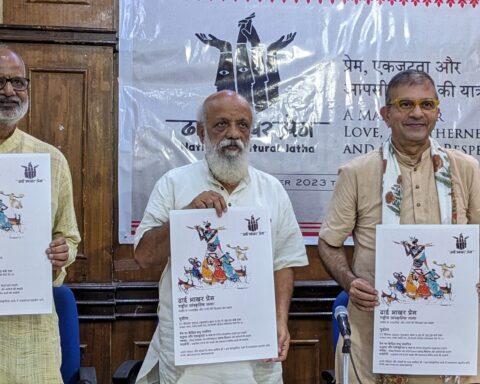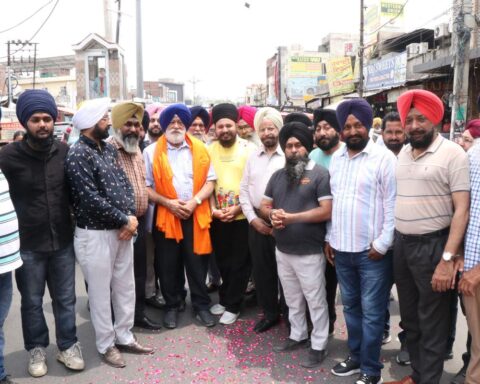In July, the Odisha beach town of Puri officially declared its municipal water could be drunk straight from the tap. The town of two lakh people (according to the 2011 census) with a floating population of around a lakh, especially during the annual rath yatra of Lord Jagannath, now has a 24x7 pressured water supply that meets Indian standards of potability.
Sixty-eight percent of people in urban India had piped water supply in 2017, according to the World Health Organisation’s joint monitoring report (JMP) for water supply, sanitation and hygiene (WASH). Seventy-seven percent had water available on the premises and 87% had sufficient water available for at least 12 hours. But the report is silent on the number of people who have access to safely managed water, that is, water that meets the above two criteria plus is free of faecal contamination and the presence of arsenic and fluorides. It’s likely that most of the urban water supply is contaminated. In rural India, the report says, 93% had access to improved water supply in 2015 and by 2017, 56% of it was “safely managed.”
Poor water quality takes an economic toll in terms of impaired health, medical costs, lost income and poor productivity. The JMP estimates India’s economic burden of water-borne diseases at $600 million annually.

